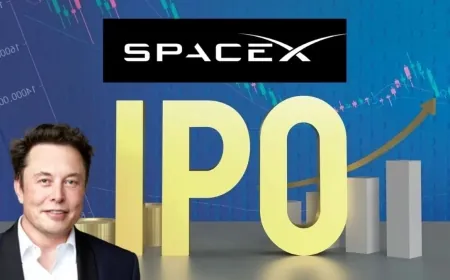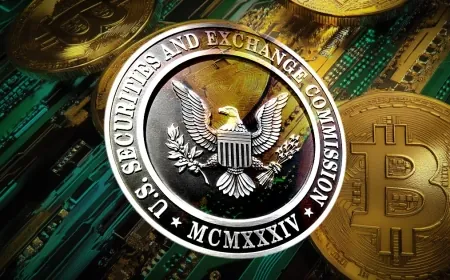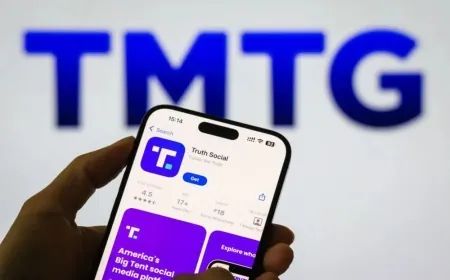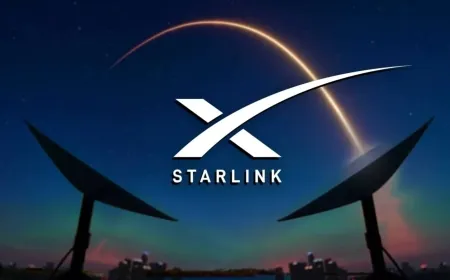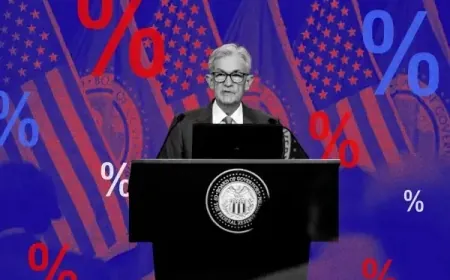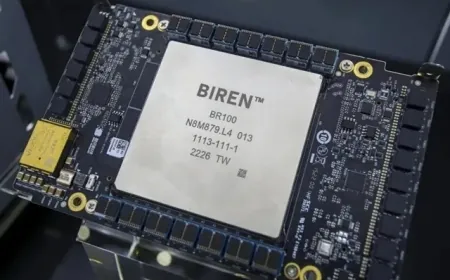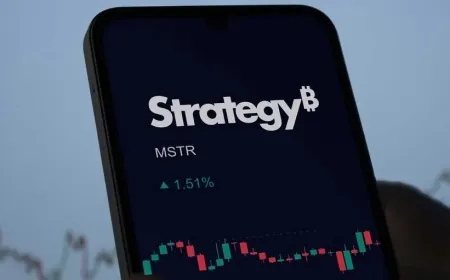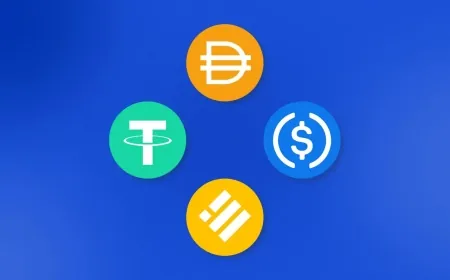iShares Bitcoin Trust ETF (IBIT) Performance, Risks & Growth Potential for 2025–2030
iShares Bitcoin Trust ETF (IBIT) vs. Bitcoin: Compare five-year returns, fees, volatility, and portfolio impact through 2030.
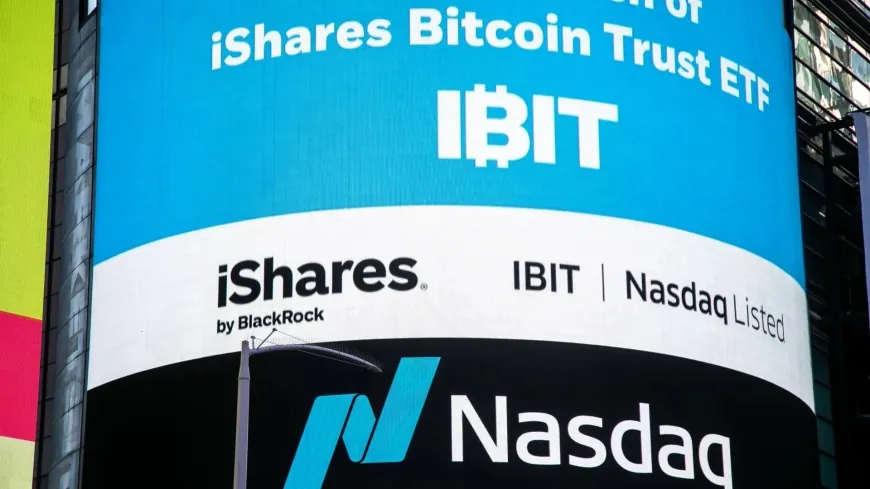
Bitcoin has transformed from a niche digital token into a major financial asset, drawing billions in investment from corporations and institutional players such as Tesla, MicroStrategy, and Block Inc. While its adoption continues to expand, individual investors face real challenges when holding Bitcoin directly: wallet mismanagement, lost private keys, and cyberattacks all contribute to potential total losses.
The iShares Bitcoin Trust ETF (NASDAQ: IBIT) offers a solution by combining Bitcoin exposure with the regulatory structure, liquidity, and accessibility of a traditional exchange-traded fund (ETF). This analysis explores IBIT’s structure, risks, potential performance, and strategies for investors considering a five-year horizon.
How the iShares Bitcoin Trust ETF Works
IBIT is designed to mirror Bitcoin’s price movements, allowing investors to participate in its growth without managing digital wallets or private keys. BlackRock manages the ETF, while custodial services are provided by Coinbase, ensuring regulated oversight and operational security.
Key Features:
-
Price Tracking: The ETF closely tracks Bitcoin’s market price. Minor discrepancies may occur due to operational factors and management fees.
-
Management Fee: A 0.25% annual fee compensates BlackRock for administration, slightly reducing net returns over time.
-
Fractional Ownership: Shares are available at around $64 each, making Bitcoin exposure accessible without purchasing a full coin.
-
Liquidity and Trading Ease: IBIT trades like a stock on Nasdaq, enabling standard brokerage access without specialized crypto platforms.
Purpose of IBIT:
The ETF bridges the unregulated, complex crypto market and traditional investing, providing regulatory oversight, simplified custody, and accessibility for retail and institutional investors seeking Bitcoin exposure.
Comparing IBIT ETF with Direct Bitcoin Ownership
Investors often weigh the benefits of purchasing Bitcoin directly versus investing via IBIT. The comparison highlights trade-offs:
| Feature | Direct Bitcoin | IBIT ETF |
|---|---|---|
| Custody & Security | Self-managed wallets and keys | Managed by Coinbase |
| Regulation & Oversight | None | SEC-regulated |
| Trading Ease | Cryptocurrency exchange required | Standard brokerage account |
| Blockchain Participation | Voting, staking, forks | Not available |
| Fractional Investment | Possible with crypto platform | Fully fractional at $64/share |
| Fees | Network fees only | 0.25% annual management fee |
Insight: IBIT prioritizes simplicity, regulatory oversight, and accessibility while foregoing direct blockchain participation.
Bitcoin: Five-Year Growth and Risk Analysis
Forecasting IBIT’s trajectory requires understanding Bitcoin’s fundamental drivers and risks:
1. Scarcity and Inflation Hedge
Bitcoin is capped at 21 million coins, providing scarcity similar to digital gold and potential protection against fiat inflation.
2. Institutional Adoption
Corporations, hedge funds, and other large-scale investors are integrating Bitcoin into portfolios. ETFs like IBIT streamline this exposure without requiring direct custody.
3. Integration into DeFi and Web3
Bitcoin is increasingly used in decentralized finance platforms, NFT marketplaces, and blockchain ecosystems, which could expand utility and support long-term valuation.
4. Technological and Regulatory Risks
Bitcoin faces potential threats from quantum computing, competing cryptocurrencies, and regulatory scrutiny. Its first-mover advantage and broad adoption offer resilience, but investors must remain aware of risks.
5. Volatility
Price swings of 20–50% are common in the short term, meaning IBIT investors should anticipate fluctuations.
IBIT ETF: Five-Year Performance Scenarios
Bullish Scenario
-
Institutional adoption accelerates, driving demand for Bitcoin.
-
ETF inflows increase, boosting IBIT liquidity and market recognition.
-
Bitcoin’s integration into DeFi and Web3 ecosystems strengthens valuation.
-
Result: IBIT closely tracks Bitcoin’s upside, delivering substantial gains.
Bearish Scenario
-
Regulatory clampdowns or security incidents reduce confidence.
-
New cryptocurrencies erode Bitcoin’s market dominance.
-
Management costs and operational risks slightly hinder ETF performance.
-
Result: IBIT underperforms direct Bitcoin investment.
Moderate Scenario
-
Bitcoin experiences steady growth with cyclical volatility.
-
IBIT mirrors these movements with minor deviations.
-
Result: Investors see moderate, consistent returns over five years.
Investment Strategies for IBIT ETF
Portfolio Allocation
-
Limit IBIT exposure to around 2% of total portfolio value to balance risk and opportunity.
Dollar-Cost Averaging
-
Gradual, consistent purchases mitigate risk from market peaks and short-term volatility.
Diversification
-
Combine IBIT with other crypto assets, equities, and bonds to optimize risk-adjusted returns.
Long-Term Perspective
-
Treat IBIT as digital gold; accept short-term swings while focusing on potential five-year growth.
Expert Opinions and Market Sentiment
-
Optimists: Michael Saylor and Cathie Wood anticipate massive long-term price appreciation.
-
Skeptics: Warren Buffett warns against speculative investments lacking intrinsic value.
-
Institutional View: ETFs like IBIT are increasingly attractive for regulated exposure to Bitcoin, bridging crypto and traditional finance.
Benefits of Investing via IBIT ETF
-
Regulated Environment: SEC oversight ensures transparency and investor protection.
-
Technical Convenience: No need to manage wallets, private keys, or security protocols.
-
Fractional Investment: Access Bitcoin exposure at $64 per share.
-
Tax Advantages: ETF structures simplify reporting compared to manual cryptocurrency tracking.
-
Market Access: Allows participation via standard brokerage accounts without crypto exchanges.
Risks Investors Must Consider
-
Management Fees: 0.25% annually reduces net returns over time.
-
Counterparty Risk: Dependence on BlackRock and Coinbase introduces operational risk.
-
Market Volatility: IBIT remains exposed to Bitcoin’s wild price fluctuations.
-
Blockchain Limitations: ETF ownership does not confer participation in staking, forks, or other on-chain events.
-
Regulatory Changes: Global policy shifts could impact both Bitcoin and IBIT performance.
IBIT ETF: Strategic Takeaways for the Next Five Years
Over the next five years, IBIT is expected to mirror Bitcoin’s price movements, providing regulated, liquid, and convenient exposure without the operational burdens of direct ownership.
Key Insights:
-
Offers regulated Bitcoin exposure with operational simplicity.
-
Mirrors Bitcoin’s performance while accounting for fees and volatility.
-
Recommended portfolio allocation is no more than 2% to manage risk.
-
Long-term, diversified strategies are essential for capitalizing on potential growth.
IBIT represents a strategic bridge between traditional portfolios and the expanding digital asset market. While it does not eliminate risk, it allows investors to engage with Bitcoin’s evolution efficiently and professionally over the next five years.
IBIT ETF: Five-Year Performance Risks and Opportunities
Over the next five years, the iShares Bitcoin Trust ETF (IBIT) is projected to closely follow Bitcoin’s price, reflecting both growth potential and significant volatility. For investors, success depends on understanding the ETF’s structural features, market drivers, and inherent risks.
Opportunities:
-
Institutional Demand: Continued corporate and hedge fund adoption can drive ETF inflows, enhancing liquidity and tracking efficiency.
-
Integration with DeFi and Web3: Bitcoin’s expanding role in decentralized finance and blockchain platforms could support long-term valuation growth.
-
Accessible Exposure: Fractional shares at approximately $64 allow participation without purchasing a full Bitcoin, opening the ETF to a broader investor base.
-
Regulatory Oversight: BlackRock management and Coinbase custody provide SEC-regulated exposure, reducing operational and security risks.
Risks:
-
Price Volatility: IBIT mirrors Bitcoin’s swings, which can reach 20–50% over short periods, creating potential drawdowns for unprepared investors.
-
Counterparty and Operational Risk: Dependence on BlackRock and Coinbase introduces operational dependencies, even though both are highly reputable.
-
Management Fees: The 0.25% annual fee, though modest, can meaningfully affect compounded returns over multiple years.
-
Limited Blockchain Participation: IBIT holders cannot engage in staking, hard forks, or other on-chain activities, restricting certain strategic options.
-
Regulatory Uncertainty: Policy changes at the federal or international level could impact Bitcoin or the ETF structure, potentially affecting liquidity and performance.
Strategic Takeaways:
-
Maintain a measured allocation, ideally around 2% of total portfolio value.
-
Apply dollar-cost averaging to reduce the risk of timing the market poorly.
-
Treat IBIT as a long-term strategic exposure rather than a speculative investment.
-
Use IBIT to bridge traditional portfolios with digital assets, capturing Bitcoin’s growth while avoiding technical and security burdens.
IBIT is a structured, regulated, and technically simplified vehicle for accessing Bitcoin. While it is not risk-free, investors who carefully manage allocation, understand volatility, and account for fees can leverage IBIT as a strategic complement to diversified portfolios, gaining controlled exposure to Bitcoin’s evolving market over the next five years.
Also Read: Top 3 Spot Bitcoin ETFs to Buy With $100 and Hold Long-Term





